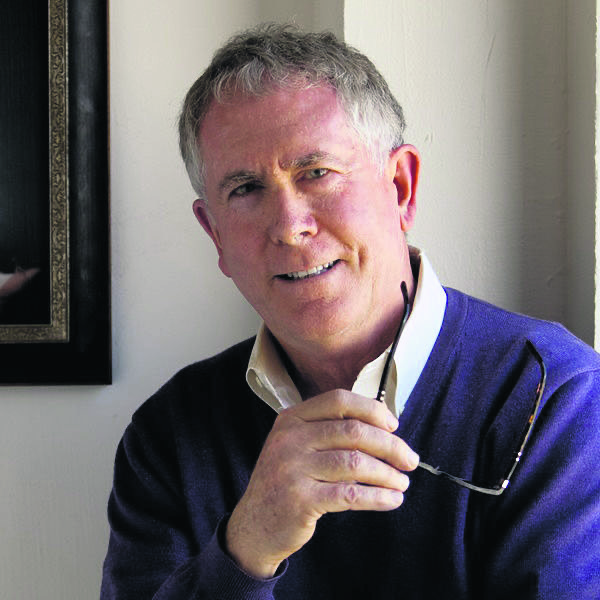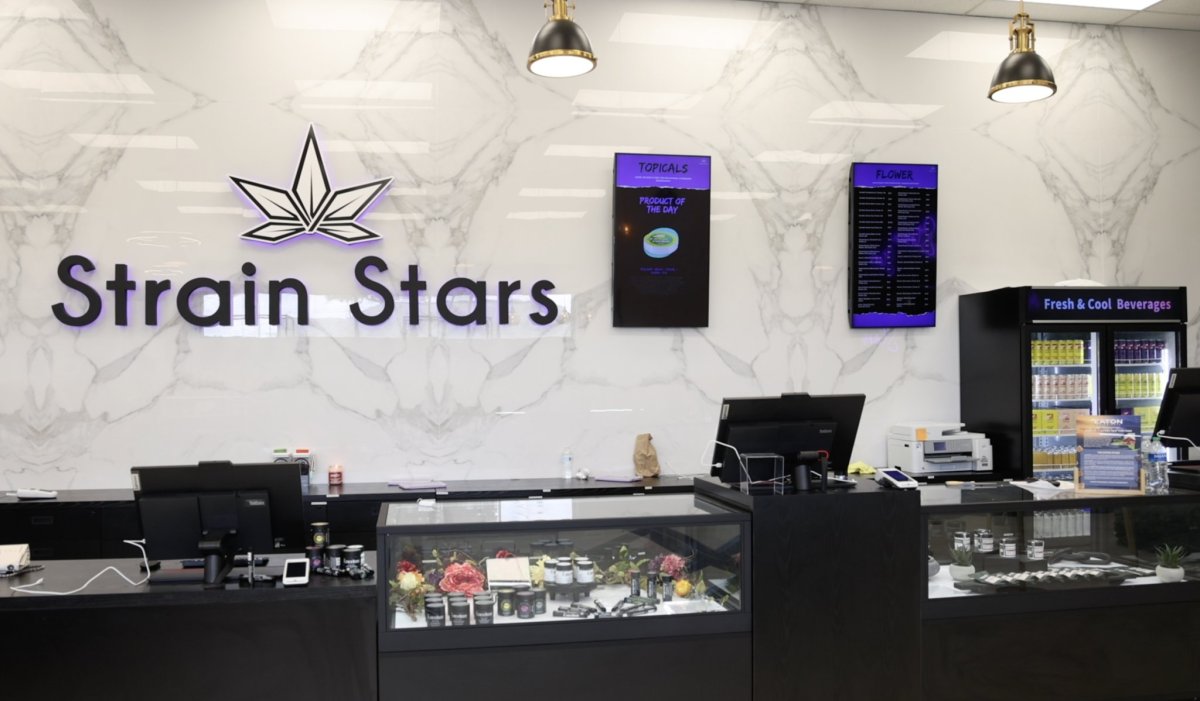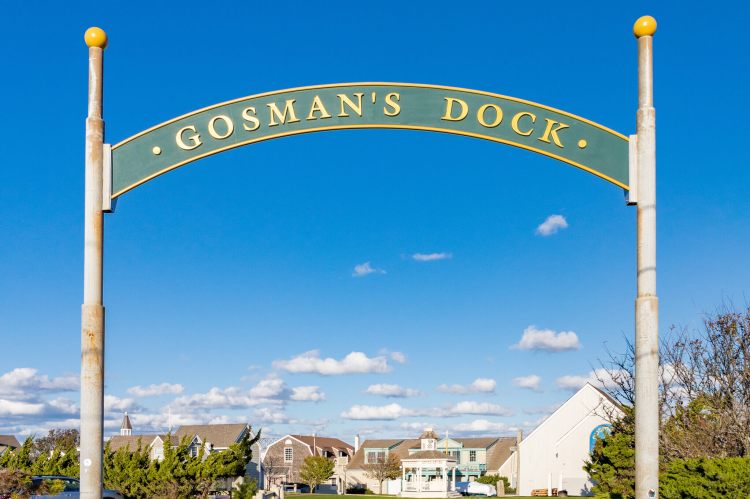There’s a guy who works two jobs, lives paycheck-to-paycheck and was recently arrested for a minor criminal offense. Under New York’s controversial bail reform law, he was released, went home to his family, returned to work the next morning, and will likely show up in court later this month. He didn’t spend six weeks in the Nassau County jail at taxpayer expense, lose his employment, or become estranged from his wife and kids who would have faced subsequent homelessness. He also didn’t make headlines.
Jordan Randolph, on the other hand, made news and became yet another poster boy for criminal justice reforms gone awry when a judge released the six-time felony offender after he was arrested for tampering with an ignition interlock device installed following a DWI conviction in Nassau County. Days later on January 12, cops say Randolph drove drunk with a blood alcohol content three times the legal limit at speeds of up to 137 miles per hour on the William Floyd Parkway in Suffolk before crashing into 27-year-old Jonathan Flores-Maldonado’s car and killing him.
In its simplest form, bail is the amount of money defendants must post in order to be released from custody while awaiting trial and pretrial hearings.
Bail is not a fine and was never intended to be used as punishment, yet poor folks and a disproportionate number of minorities sat for months in jails having never been convicted of a crime. Monied defendants walked and sometimes committed additional offenses. That’s why New York State lawmakers, as part of last year’s budget process, eliminated cash bail for most misdemeanors and nonviolent offenses.
The law took effect on January 1 and as the repeat-offender horror stories have mounted, cops, prosecutors, constituents, virtually every Republican, and more than a few Democrats are calling for a rollback that has driven a race-tinged wedge between urban and suburban legislators such as Long Island’s six Democratic state senators.
New York should not abandon cash bail reforms, but lawmakers need to do something: Simply narrowing the list of eligible offenses isn’t enough.
Give prosecutors and judges discretion to consider not only flight risk, but potential danger to the community. Train them to recognize, evaluate and address mental health issues, and give them more anti-bias education. Get them to do a more thorough pretrial determination process that includes nonmonetary options such as electronic monitoring, day reporting, curfews, drug testing, and most importantly, mental health and addiction treatment.
Those services are critical because prior to January 1, the criminal justice system was the catch-all and default treatment option for people with mental health and substance use disorders. Parents would sigh with relief when their heroin-addicted sons or daughters were arrested and people with mental illness who once cycled in and out of now-shuttered psychiatric centers would visit the Nassau and Suffolk County jails with the same frequency. Sometimes they got help and sometimes they didn’t.
New York State emptied its psychiatric facilities from an inpatient census of 93,314 in 1955 to just 2,267 in 2018. Some of those folks got community-based care and others died, but in 2018 a whopping 90,500 New Yorkers, many of whom were really sick, were behind bars in local jails, prisons, psychiatric hospitals, and immigration detention and juvenile justice facilities.
It’s often easier to get arrested than it is to get help for a mental health condition, alcoholism or drug problem. Bail Reform 2.0 should be about getting people out of jails and prisons, but getting those who need help into treatment is just as important.
Jeffrey L. Reynolds, Ph.D., is President and CEO of the Family and Children’s Association































